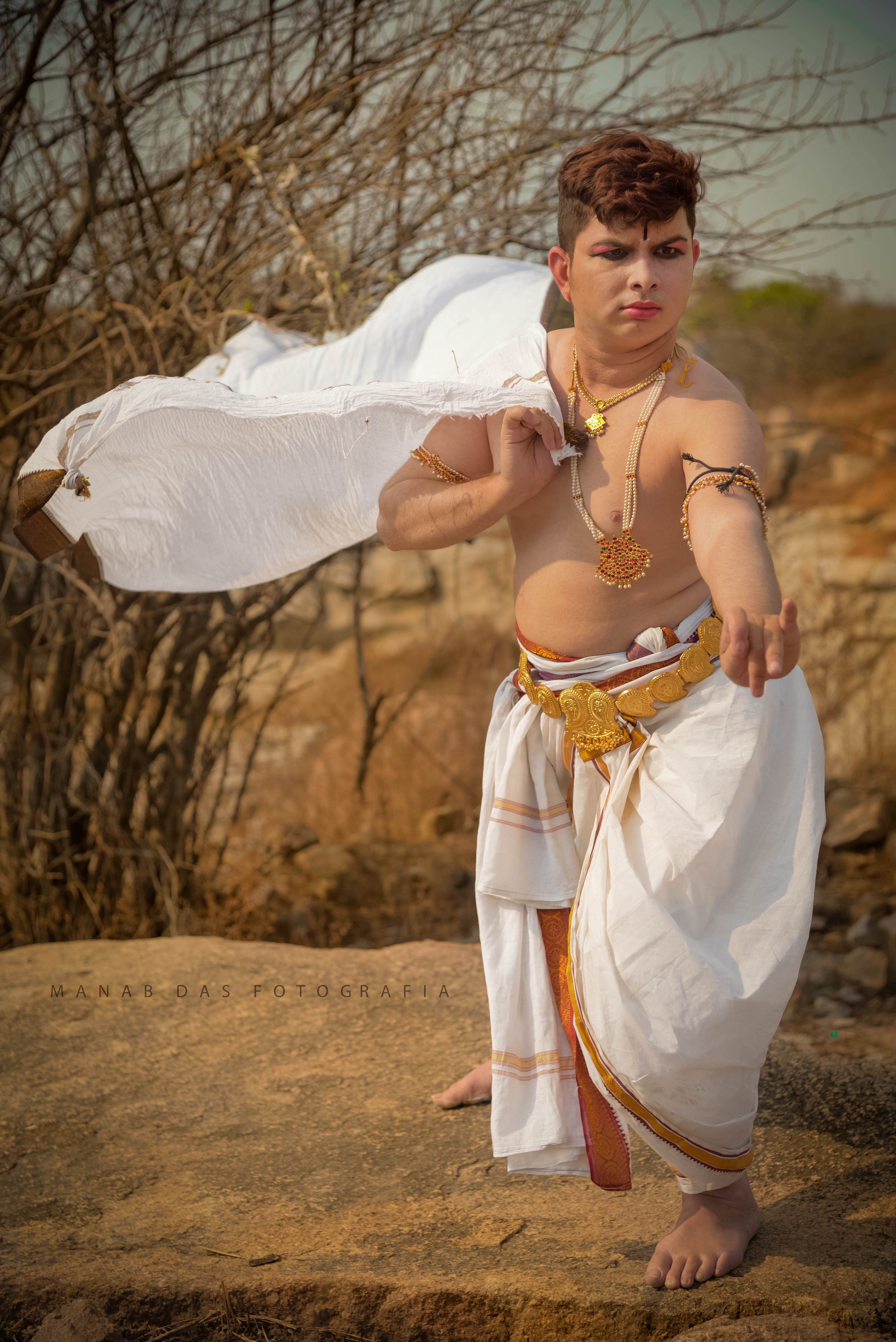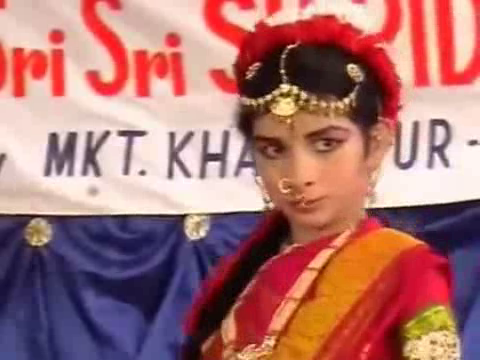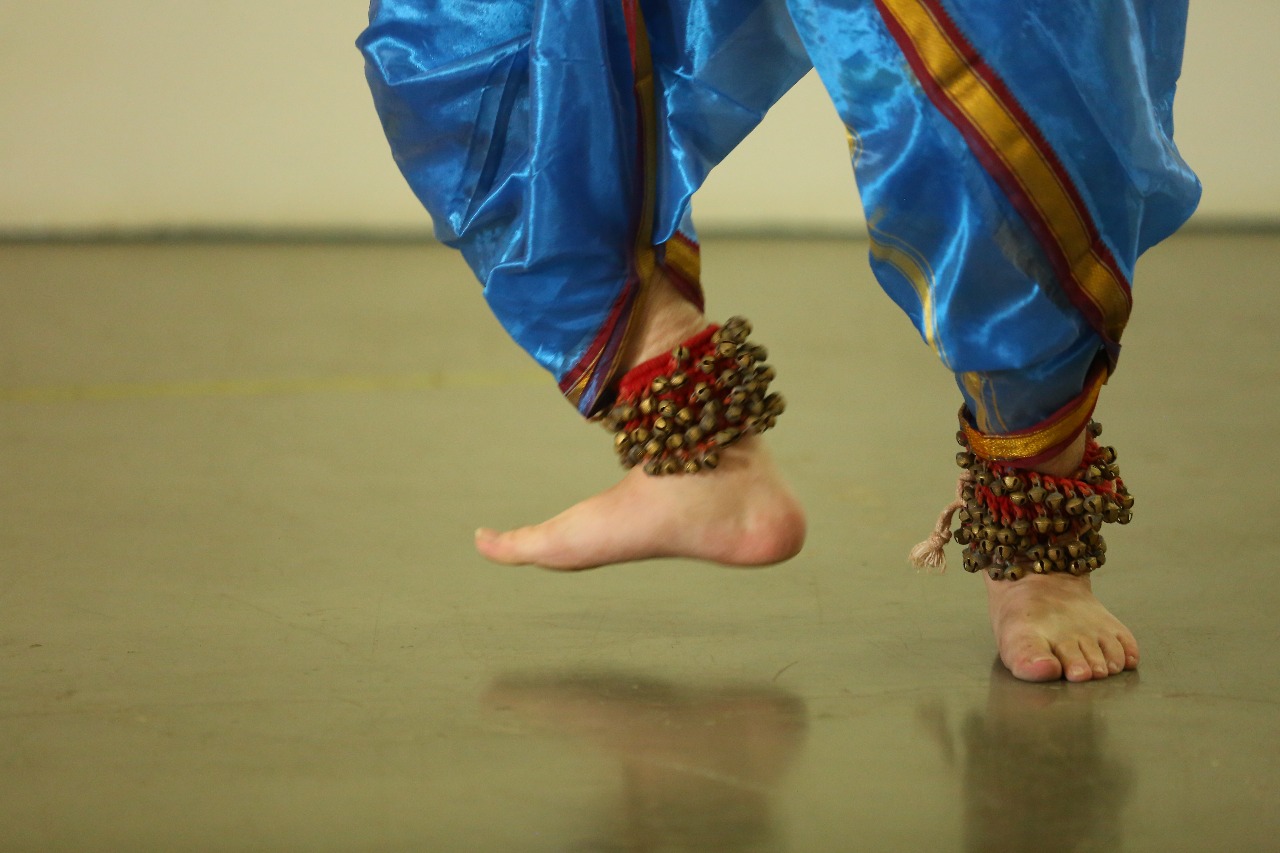Who Am I: 25-YO Hyderabad Dancer Will Make You Question Gender Norms
While we have seen the Navarasas being performed on stage, Sastry is of the belief that dance can depict just about anything: from gender studies to data science.


25-year-old Patruni Chidananda Sastry is a resident of Hyderabad who describes himself as an expressionist dancer and activist. Sastry, as he is popularly known, started learning classical dance at the age of five and had given his first public performance when he was seven years old.
As an analyst in an MNC, he spends his mornings crunching numbers and evenings practising dance.
In this exclusive interview with The Better India, Sastry speaks about how dance is a powerful medium to discuss topics which otherwise get brushed under the carpet, gender fluidity, and how he wishes to dance forward.
Dance as a medium of expression
“I was quite young when I saw a film in which Ramya Krishnan (the actor) was dancing in anger. That stuck in my mind, and I thought it was a good way to express what she was feeling.”
“Looking at my interest in the art form, my father enrolled me for classes, and that was how my tryst with dance began,” he says.

He tells me about how dance is a great tool to teach just about anything. “Sex-education, for example, is a topic that schools have been mandated to teach. However, most schools stay away from it because of their discomfort in answering questions posed by curious kids. Wouldn’t it solve the problem if we were to teach it through dance?” he asks.
While we have seen the Navarasas being performed on stage, Sastry is of the belief that dance can depict just about anything: from gender studies to data science.
Learning physics by visualising it
Imagine learning about insulators, conductors, and semiconductors via the medium of dance. Sastry did just that.
“I still remember the teacher explaining the concept to the class. I sat there, and in my head, the concept was playing out in a completely different manner.”
“Unfortunately, the education system, as it is currently designed, only chokes the students and restricts the manner in which they learn,” he says.

He continues, “Everything is designed by beautiful pictures, the teacher moves from the blackboard to the storyboard, and they term it as e-learning, but there is no scope beyond what is prescribed.”
Let’s use dance to teach concepts of science, AI, thermo-dynamics, he urges.
Check out this video to see how this novel idea can be implemented.

Using dance as a tool for change
Sastry speaks about how he was ragged in college and not knowing how to deal with it, he chose to depict his predicament via dance. “It was a chance meeting with a friend who worked in the LGBT space that brought my attention to it. The plight of the community truly saddened me, and I did what I could do best; express their difficulty through dance,” says Sastry.
“I am gender-fluid.”
Sastry is often asked what his sexual orientation is, given that the number of male classical dancers in India remains very low. He says, “As an artist, I am always curious to see how the other gender will react to a particular situation; and hence, I classify myself as gender-fluid. As soon as I say that, I see the people in front of me draw their conclusions about it.
“Some think I am gay while others slot me as bisexual.”

“While things are changing, we still have a long way to go before we begin to accept people and their different sexual orientations.”
He elaborates, “My audience has always been divided into two. There is one section that comes to attend my programmes, knowing what I do and portray. However, there is the other section that is unable to appreciate and understand the points I raise. There have been instances of backlash, but for me continuing what I do is important and I will go on with my public performances,” says Sastry.
For him, this is just the beginning. He is actively involved in creating performance spaces and educating people about gender-issues and topics that make us uncomfortable.
To learn more about Sastry or his work, log on to his website or reach him on his Facebook page.
(Edited by Shruti Singhal)
Like this story? Or have something to share?
Write to us: [email protected]
Connect with us on Facebook and Twitter.
If you found our stories insightful, informative, or even just enjoyable, we invite you to consider making a voluntary payment to support the work we do at The Better India. Your contribution helps us continue producing quality content that educates, inspires, and drives positive change.
Choose one of the payment options below for your contribution-
By paying for the stories you value, you directly contribute to sustaining our efforts focused on making a difference in the world. Together, let’s ensure that impactful stories continue to be told and shared, enriching lives and communities alike.
Thank you for your support. Here are some frequently asked questions you might find helpful to know why you are contributing?


This story made me
-
97
-
121
-
89
-
167











